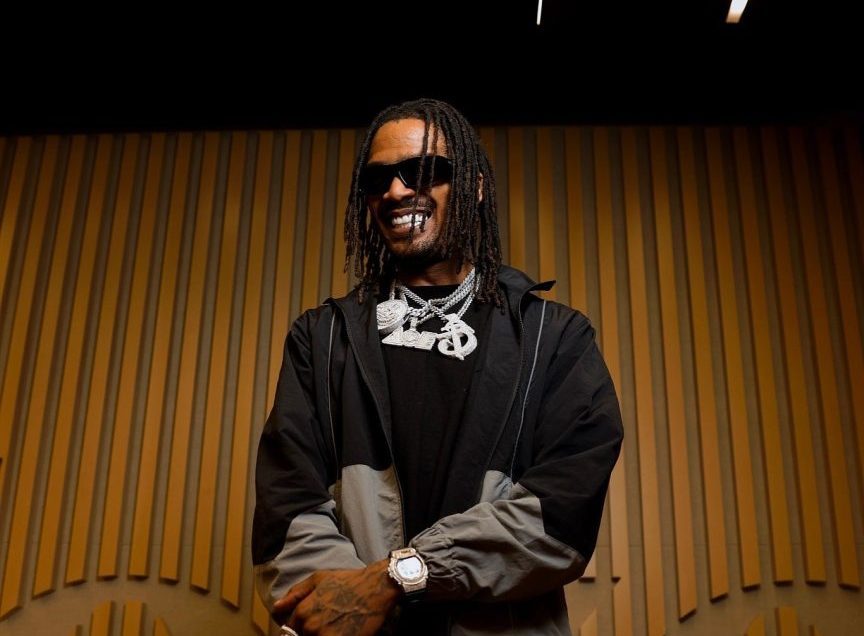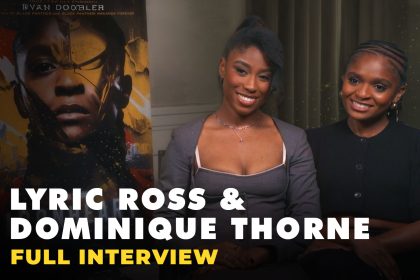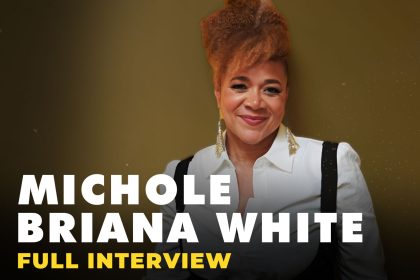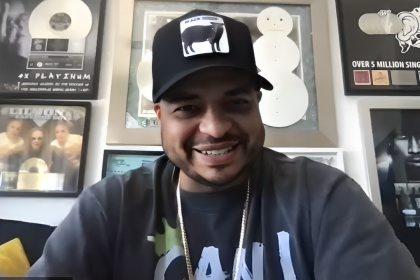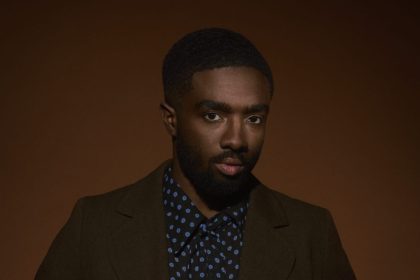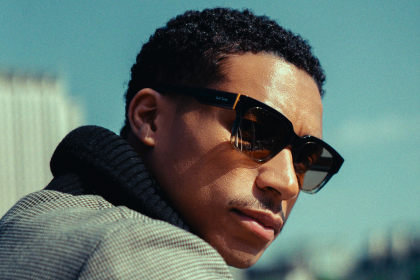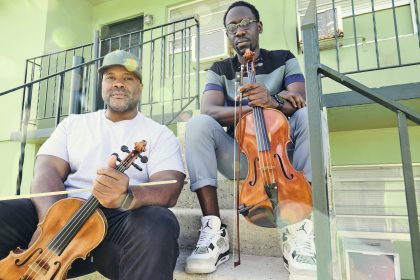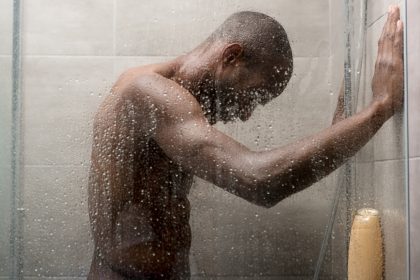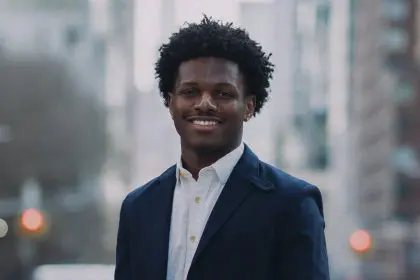In the competitive landscape of entertainment, the strength of an artist’s collaborative network often determines their career trajectory and longevity. By cultivating meaningful relationships with peers, mentors, and community members, performers create sustainable ecosystems that support both creative innovation and professional endurance.
Community roots as creative foundation
For many successful artists, maintaining connections to their original community provides essential grounding that informs their creative work. These relationships offer both inspiration and authentic perspective that commercial success alone cannot provide.
“Long term connections is everything,” explains GaTa. “Shooting on the block at my mom’s house where I grew up was everything, being able to have my friends be a part of my career and share a moment with them, and my neighborhood is dope showing them like, I’m not forgetting where I came from.”
This approach challenges industry narratives that equate success with separation from one’s origins. Instead, it demonstrates how meaningful careers can incorporate and celebrate foundational relationships rather than abandoning them for industry acceptance.
“I’m bringing a brand here that we grew up on, that we love, that we cherish together, because way before I even got to this level, I was already going to the corner store with the homies,” GaTa notes, highlighting how shared experiences create authentic connections that transcend individual success.
Mentorship as transformative catalyst
Some of the most significant career developments happen through unexpected collaborations with established artists who model not just technical skills but holistic approaches to creative work and life.
“Collaborating and being on tour for many years with Wayne… changed my life forever to the way I work,” GaTa reflects. The impact goes beyond specific opportunities to transform fundamental work approaches: “I’m with Wheezy right now… one of the greatest rappers in the world. So for him to wake me up at 5 in the morning to wake me up off the couch and ask me if I want to get on the song. I’m like, this dude working hard.”
These experiences demonstrate how exposure to exceptional work ethic and creative generosity can reshape an artist’s entire relationship with their craft. Rather than simply gaining visibility or industry connections, these collaborations provide models for sustainable approaches to creative practice that support long-term development.
Cross-cultural collaboration as creative catalyst
In an increasingly connected world, some of the most innovative work emerges at the intersection of different cultural perspectives. These collaborations create fresh approaches that resonate across diverse audiences.
GaTa identifies this dynamic explicitly, noting that “The perfect blend happens when two different cultures get together… and they like to share knowledge, and gain and grow.” This perspective suggests that meaningful artistic collaboration involves more than technical combination—it requires genuine exchange that transforms all participants.
Rather than superficial borrowing, authentic cross-cultural collaboration creates space for mutual influence that respects different traditions while enabling genuine evolution. The resulting work often achieves unusual staying power precisely because it transcends easy categorization, connecting with audiences through shared human experiences that cross cultural boundaries.
Friendship networks as career support system
Beyond professional collaborations, long-term friendships provide essential emotional support and creative accountability for artists navigating the pressures of public visibility and industry demands.
“To be able to bring them to my mom’s house and bring my homies together, it was dope. It’s something I’ll never forget. It’s gonna be something that I talk about for many years to come,” GaTa shares, highlighting how these connections create meaningful milestones that transcend commercial achievements.
These friendship networks often serve as reality checks that help artists maintain authentic self-expression amid industry pressures toward conformity or strategic persona construction. By providing honest feedback from perspectives outside the industry bubble, these relationships help performers maintain connection to the authentic expression that typically underlies sustainable careers.
Recognizing emerging collaborative networks
Established artists who value collaborative approaches often actively identify and support emerging creative communities that are developing innovative directions.
When asked about emerging artists pushing music in new directions, GaTa immediately grounds his response in community: “I gotta give it up for the West Coast. I think Being Overdo is a dope artist from my neighborhood who’s doing dope things.” This recognition highlights how successful artists often maintain awareness of neighborhood-based talent development, seeing their success as connected to broader community advancement.
Notably, he expands beyond geographic community to recognize innovative approaches in diverse contexts: “Douche is doing some great things. She’s letting people know that you could be a storyteller as a rapper, as a female.” This perspective demonstrates how thoughtful artists track creative innovation across different communities and support approaches that expand creative possibilities beyond established boundaries.
Intergenerational influence as creative foundation
The most enduring careers often demonstrate thoughtful engagement with artistic lineages, acknowledging influences while developing distinctive contemporary approaches.
When identifying producers who have changed music, GaTa cites established figures with multi-generational impact: “That’s easy for me, Dr. Dre, Timbaland, and Pharrell. Like three goats.” This acknowledgment reflects understanding of how current work builds upon foundational contributions rather than emerging in isolation.
Similarly, when discussing remixes, he notes how Lil Wayne’s contributions consistently transformed existing work: “When Wayne hops on a remix, it’s completely changed the song.” This recognition of transformative collaboration demonstrates appreciation for how creative evolution happens through artistic conversation across different career stages and generational perspectives.
Emotional authenticity as collaborative currency
For performers navigating the pressures of visibility, creating collaborative spaces that allow emotional authenticity becomes essential for sustainable practice and meaningful connection.
“My creative process involves being free, and not being trapped in my stresses of my career,” GaTa explains. “Like just thinking about better days and the grind. That’s when my music transpires. That’s my process right there, just being free.”
This emphasis on emotional freedom contradicts industry narratives that separate professional success from personal authenticity. Instead, it suggests that sustainable collaboration requires spaces where performers can process real experiences honestly, creating work that maintains genuine connection with audiences even as career contexts evolve.
Performance as emotional exchange
Ultimately, the most impactful collaborative performances create genuine emotional exchange between performers and audiences that transcends technical execution alone.
“A great performance requires passion, persistence, and pain,” GaTa reflects. “I think if you get through some pain, you gonna have a great performance, like cause your joy is gonna come out. That’s why I love Buster Rhymes as a live performer, love DMX as a live performer. People that have been through stuff, that passion, that pain. You can see it on stage. It comes out the joy.”
This perspective reframes performance as collaborative exchange rather than one-directional presentation. By bringing authentic emotional experience to their work, performers create space for audiences to connect with their own experiences, establishing the human recognition that underlies lasting artistic impact.
Conclusion
In an industry often focused on individual achievement and competition, collaborative approaches provide both creative vitality and career sustainability. By cultivating meaningful connections across community roots, mentor relationships, cross-cultural exchanges, and friendship networks, artists create resilient foundations that support both artistic innovation and professional endurance.
These collaborative ecosystems don’t just produce interesting creative work—they establish the human connections and shared perspectives that allow performers to navigate industry evolution while maintaining authentic expression. In a landscape where individual visibility can be fleeting, these relationships provide the foundation for careers and creative contributions with genuine cultural longevity.

